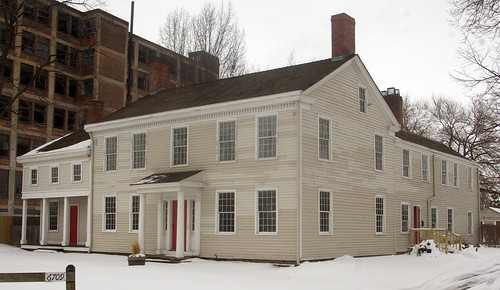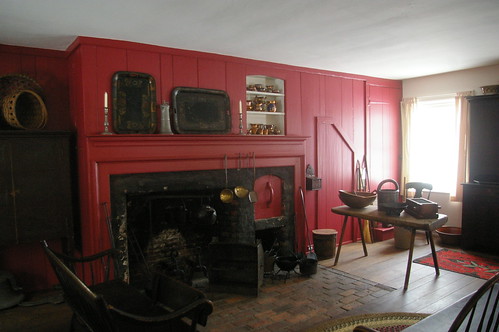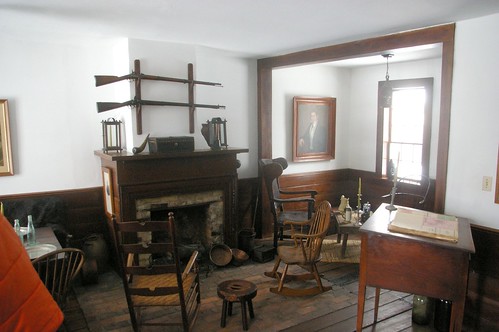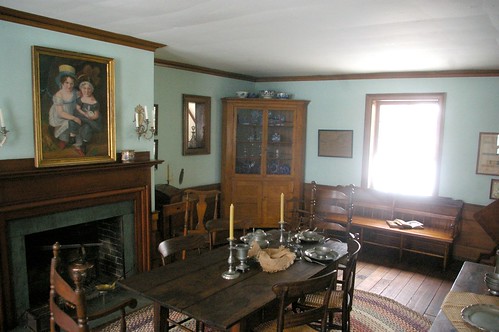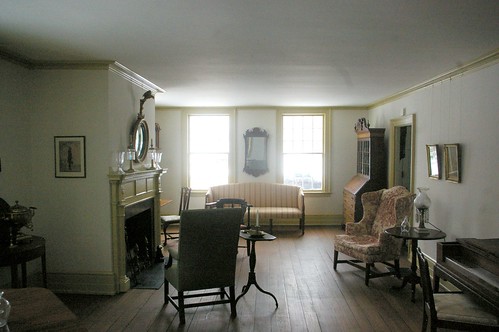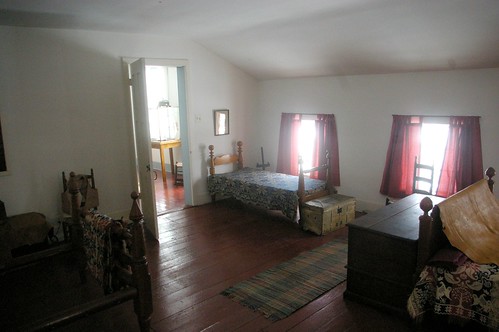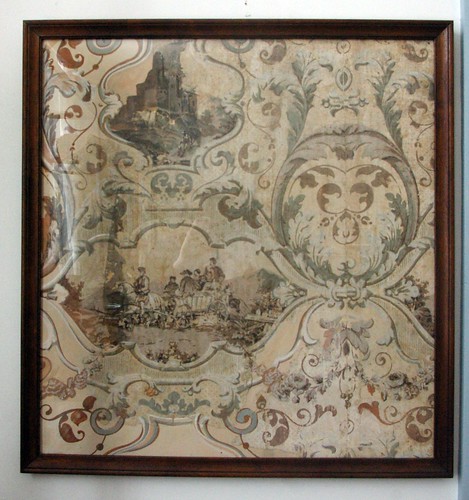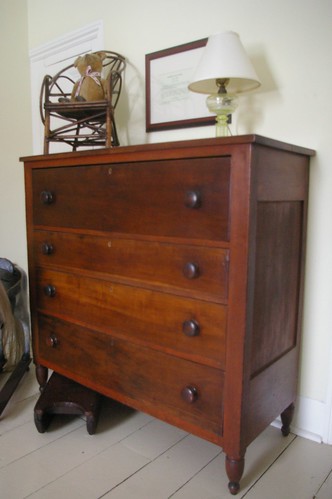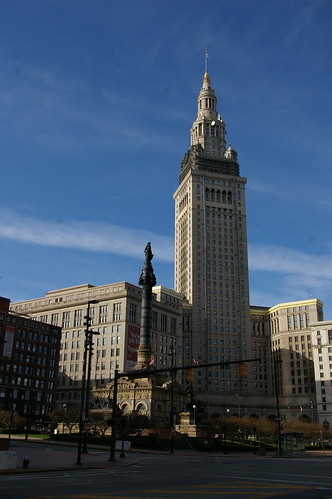
Cleveland State University Special Collections Librarian Bill Barrow made an important point recently - we need to identify our most important buildings before they are threatened with destruction - otherwise, we are constantly playing catch-up. To that end, I'm working on a list of the 100 most significant landmarks in the city of Cleveland. Mr. Barrow suggested the Terminal Tower and the Detroit-Superior Bridge, so I'll start from there. The following are some of my ideas as to what properties might fit on such a list.
What do you think? What would you add (or remove from) this list? What would you miss most if it was gone?
Please post your suggestions and I'll update the list as I get them.
- Arcade - probably the best interior space in the city
- Baldwin Reservoir
- Brookside Stadium
- Brown-Hoist building
- Anthony Carlin house
- Center Street Swing Bridge
- Cleveland City Hall
- Cleveland Clinic - original building
- Cleveland Museum of Art - both the original building and Marcel Breuer wing
- Cleveland Play House
- Cleveland Public Library - Carnegie West branch
- Cleveland Public Library - Main Library
- Cleveland Trust Building
- Coast Guard Station
- Colonial Arcade
- Cozad-Bates House
- Detroit-Superior Bridge
- Detroit-Superior Viaduct
- Dunham Tavern
- Rudolphus Edwards house - probably oldest house on the east side
- Erie Street Cemetery
- Fenn Tower
- Franklin Castle
- Garfield Memorial
- Jeremiah Gates house - oldest house in the city
- Gray's Armory
- Greyhound Station
- Guardian Bank Building
- John Heisman birthplace
- Hulett Ore Unloaders
- Huntington Bank Building
- Italianate house on Superior
- League Park
- Lorain-Carnegie Bridge
- William G. Mather steamship
- Luther Moses house
- Ohio Bell building
- Old Stone Church
- Jesse Owens house
- Robert Rhodes house
- Rockefeller Park Bridges
- Rockefeller Park Greenhouse
- Rose Building
- St. Colman's Church
- Nelson Sanford house
- Schellentrager House
- Schweinfurth House
- Severance Hall
- Shaker Square
- Society National Bank building
- Soldiers' and Sailors' Monument
- Terminal Tower
- Wade Chapel
- West Side Market

